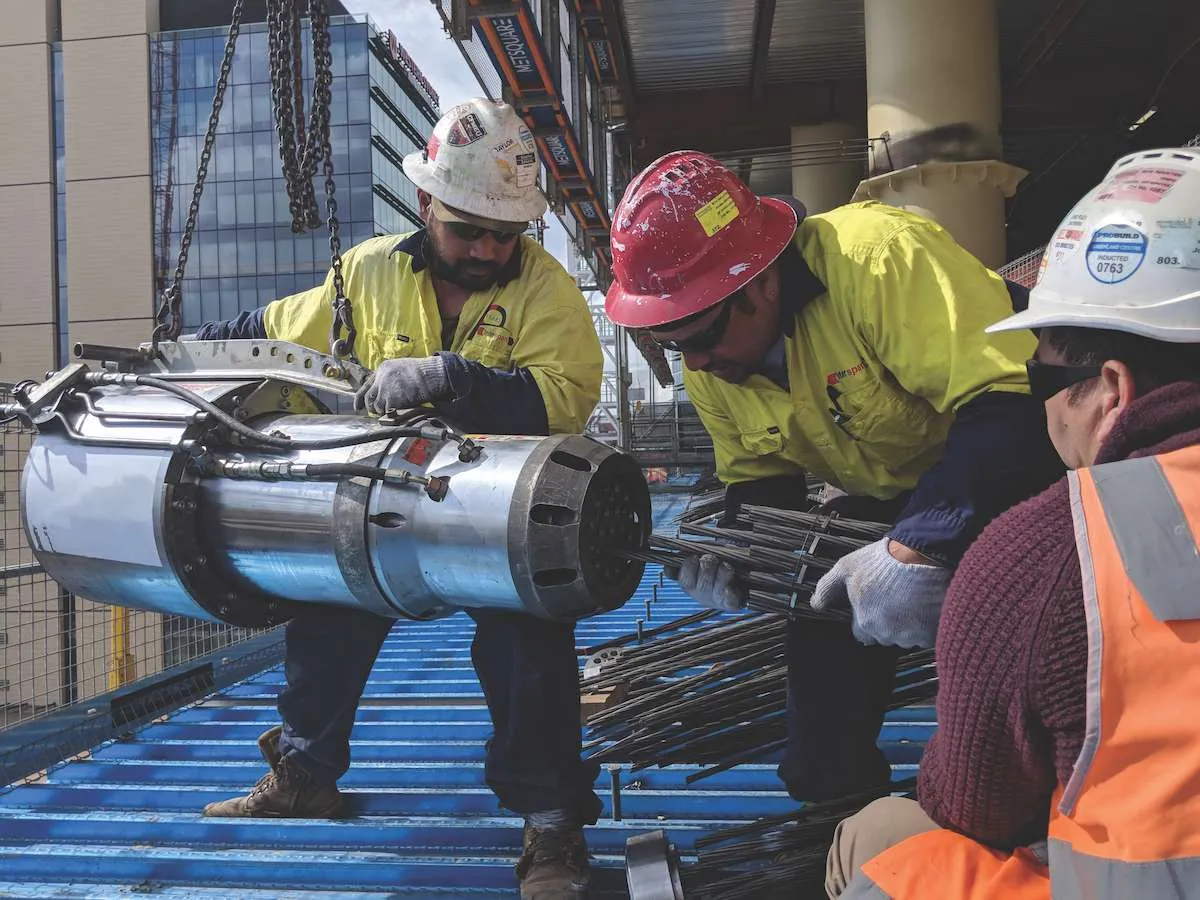Post-tensioning, a technique that introduces internal stresses to concrete structures to counteract external loads, has been around for decades. Early post-tensioning systems relied primarily on high-strength steel wires or strands. The shift towards bar-based systems marked a significant milestone in post-tensioning technology. Bars offered several inherent advantages, including higher individual tensile capacities, improved corrosion resistance, and easier handling during installation. As the demand for more robust and versatile post-tensioning solutions grew, so did the focus on innovating bar design.
High-strength alloys
Recent developments in metallurgy have led to the creation of ultra-high-strength steel alloys specifically tailored for post-tensioning applications. These new alloys boast tensile strengths exceeding 1,000 MPa, allowing for smaller bar diameters without compromising load-bearing capacity. This reduction in size translates to lighter structures, reduced material costs, and greater design flexibility.
Composite materials
Integrating fibre-reinforced polymers (FRP) into post-tensioning bar design represents a paradigm shift in the field. FRP bars, typically made from carbon, glass, or aramid fibres embedded in a polymer matrix, offer exceptional strength-to-weight ratios and superior corrosion resistance compared to traditional steel bars. While still in the early stages of widespread adoption, FRP post-tensioning bars show immense promise, particularly in harsh environments where corrosion is a significant concern.
Innovative geometry and profile designs
Beyond material advancements, significant strides have been made in optimising the geometry and profile of post-tensioning bars. These design innovations aim to enhance performance, facilitate installation, and improve long-term durability.
Helical surface patterns
Some of the latest post-tensioning bar designs feature helical surface patterns or grooves along the length of the bar. These patterns serve multiple purposes:
- They improve the bond strength between the bar and surrounding grout or concrete, enhancing load transfer.
- The helical design facilitates a more even distribution of stresses along the bar’s length, reducing the risk of localized failures.
- In corrosive environments, these patterns can help channel moisture away from the bar surface, extending the system’s lifespan.
Modular designs
Innovative modular post-tensioning bar systems have emerged, allowing for greater flexibility in construction. These systems feature bars that can be easily coupled or extended on-site, enabling adaptation to varying structural requirements or unforeseen site conditions. As a result of modularity, future structural changes or retrofits are possible.
Post-tensioning bars have undergone a remarkable transformation in recent years. These components are at the forefront of structural engineering innovation, from advanced materials to innovative profiles. The latest generation of Post-tensioning Bars offers unprecedented performance, durability, and versatility, enabling engineers to push the boundaries of structural design.
Self-adjusting systems
Researchers are developing self-adjusting post-tensioning systems, taking smart technology a step further. These advanced setups use data from embedded sensors to adjust tension levels in response to changing loads or environmental conditions. The potential for such systems to extend the lifespan of structures and optimize their performance remains in the experimental stages.
Recycled materials
Some manufacturers now produce post-tensioning bars using a significant percentage of recycled steel. These bars maintain the high strength and performance standards required for post-tensioning applications while reducing the demand for virgin materials. This approach conserves resources and lowers the carbon footprint associated with bar production.
The field of post-tensioning bar design is experiencing a renaissance driven by advances in materials science, intelligent technologies, and a growing emphasis on sustainability. These innovations represent a fundamental shift in how we approach structural engineering challenges. From supertall skyscrapers that touch the clouds to bridges that span vast distances with unprecedented elegance, these advancements are reshaping our built environment.












